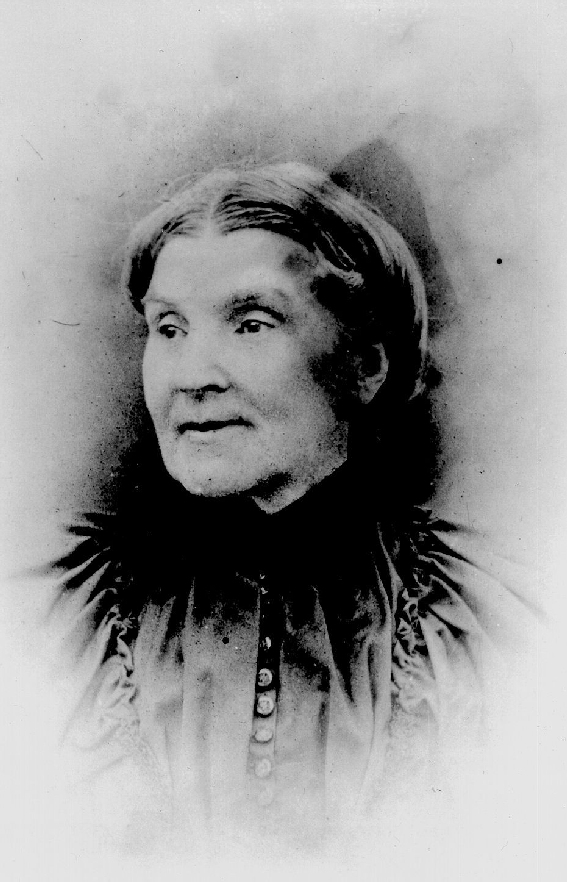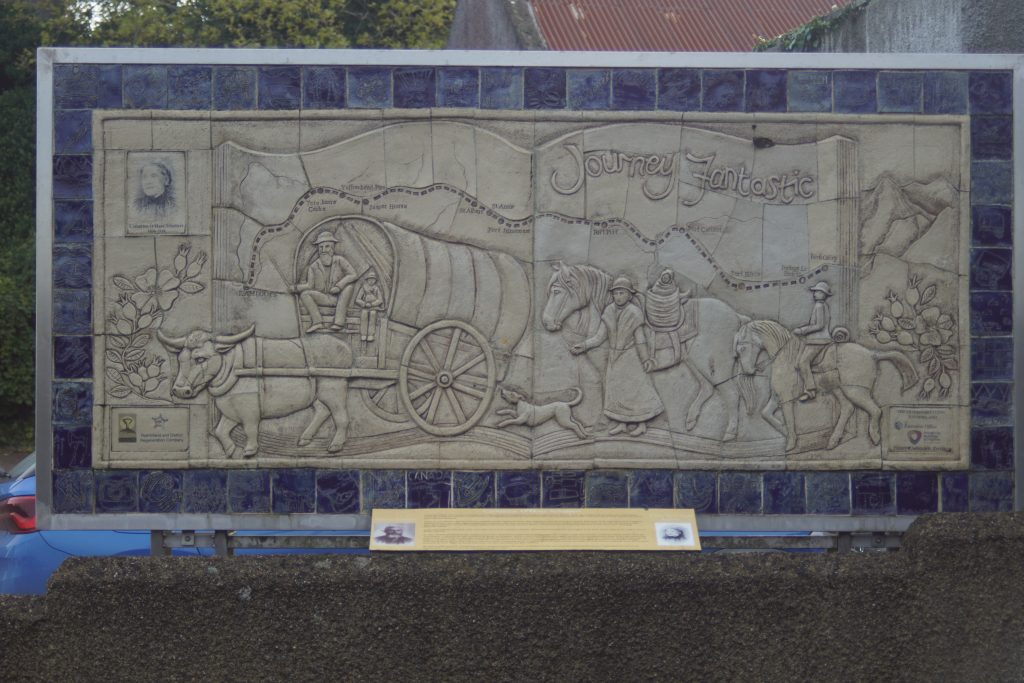Site of Catherine O’Hare Schubert’s home

Born in 1835 in Ballybrick near Rathfriland, County Down, Catherine Schubert was the youngest of Mr and Mrs James O’Hare’s nine children.
A linen weaver, James went to live in Castle Street, the site now occupied by the Veterinary clinic where he owned his own loom and rented a patch of ground on the extensive Meade estate. In 1845 there was a worldwide potato blight. For three years starvation and disease stalked the land and thousands died in their homes and by the roadside. Soup kitchens were set up by Mrs Meade, the wife of the Honourable Robert Meade, the Lord of the Manor. The horror of typhus fever was added to starvation and a frantic emigration to America of panic-stricken people took place.
The ships were called ‘coffin ships’ because so many people died in them. The government offered courses in domestic work for young girls and Catherine enrolled before setting off on her perilous journey to the New World in 1851.
In Springfield, Massachusetts, she found a job with a wealthy generous family and each month she sent money home. She met a young carpenter and German settler, Augustus Schubert, in 1854 and they married in 1855 before moving west. Life was good but the spring thaw of 1861 brought a devastating flood and the Schubert’s lost everything.
March 1862 brought stories about gold being found in British Columbia and Augustus was determined to join a party of 200 Overlanders to go West from Fort Gary. Catherine objected as she had three children but she nevertheless prepared for the trip to the Cariboo, pregnant with her fourth child.
In ‘Journey Fantastic’, the writer Vicky Metcalfe graphically portrays the incredible achievement of Catherine Schubert and the Overlanders who plunged undeterred through swamps, struggled over precipitous mountains and on improvised rafts, braved the tumultuous torrents of the Frazer and Thompson rivers.
Five months later they reached Kamloops having been threatened by unfriendly Indians and savage animals, tortured by flies and mosquitoes and emaciated through lack of food. Catherine gave birth to Rose, the first white child to be born in British Columbia, assisted by women from the Shuswap First Nation. Of the 200 Overlanders who undertook the adventurous journey to Kamloops, one person only realised the hope of making “a lucky strike” They proved that the area was not inaccessible and so blazed a trail for the construction of the Trans-Continental Railway.
Throughout her long life, Catherine Schubert worked selflessly wherever there is need for her services, becoming skilled as a nurse and later as a midwife, untiring in her efforts to get education for the young. Her death was mourned by countless fellow citizens of British Columbia, whose life she had influenced for good. Her portrait, painted by an eminent artist has pride of place in the Kamloops Museum and a city street has been named after her. In Armstrong, where she died in 1918, a monument erected to her memory describes her as a brave and notable pioneer.
(Adapted from Mrs Edith M Clark’s book ‘Round About Rathfriland’ and ‘Journey Fantastic’ by Vicky Metcalfe)
In October 2016, a group of visitors from the City of Armstrong, British Columbia, Canada, including descendants of Catherine Schubert, were welcomed by the Rathfriland Regeneration Group. A ceramic artwork on this site by artist Eleanor Wheeler was unveiled, depicting Catherine’s journey, and Rathfriland and Armstrong became ‘sister cities.

